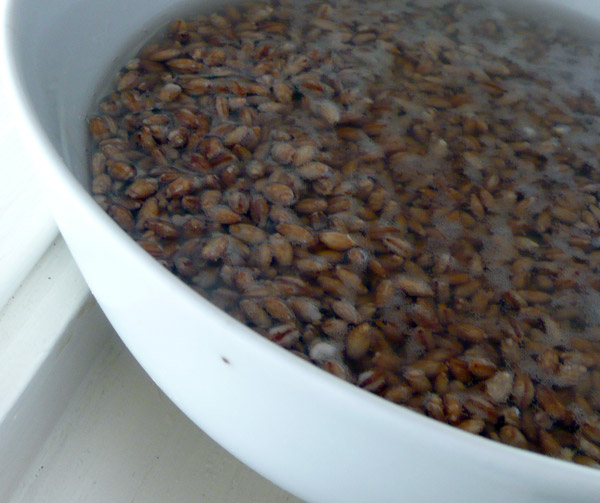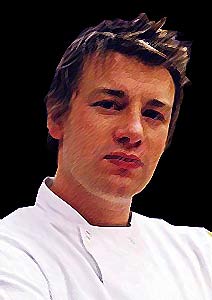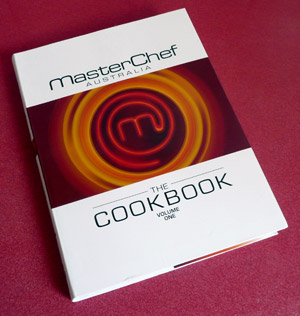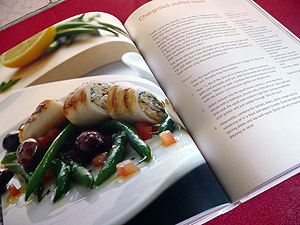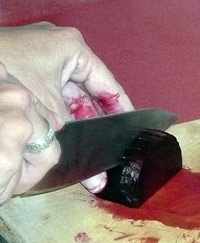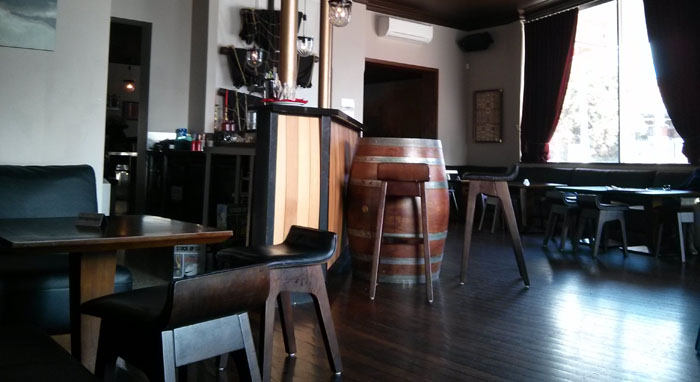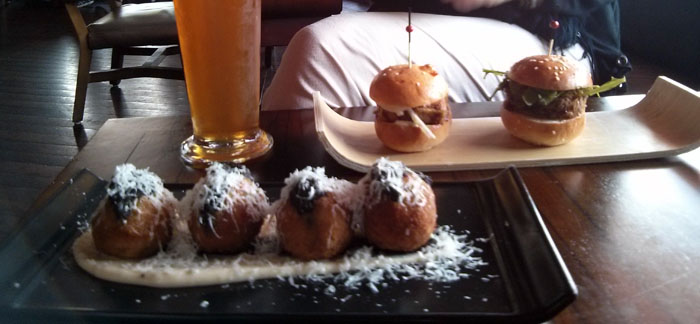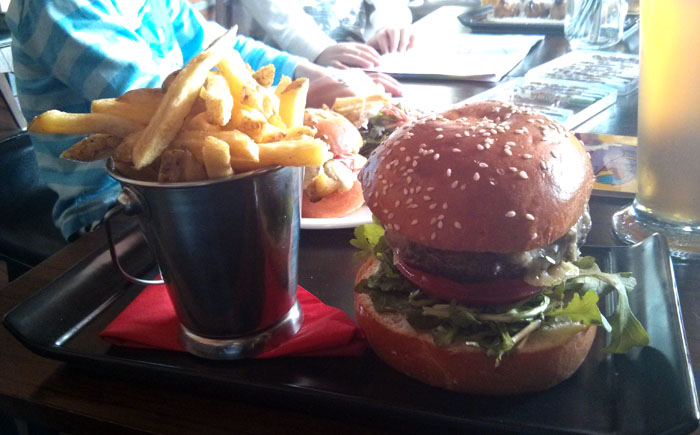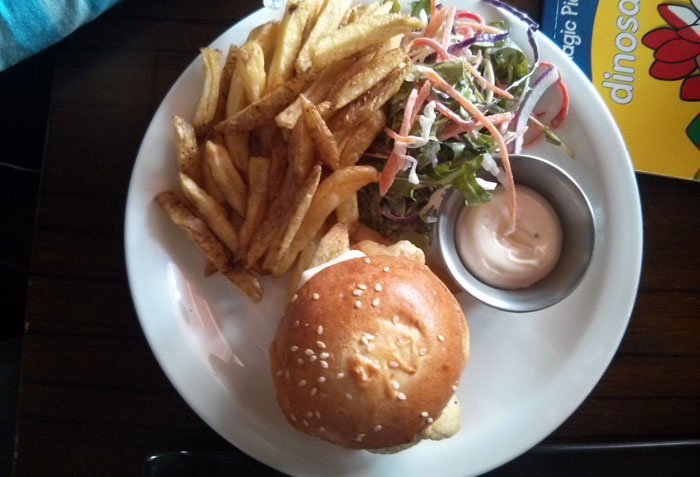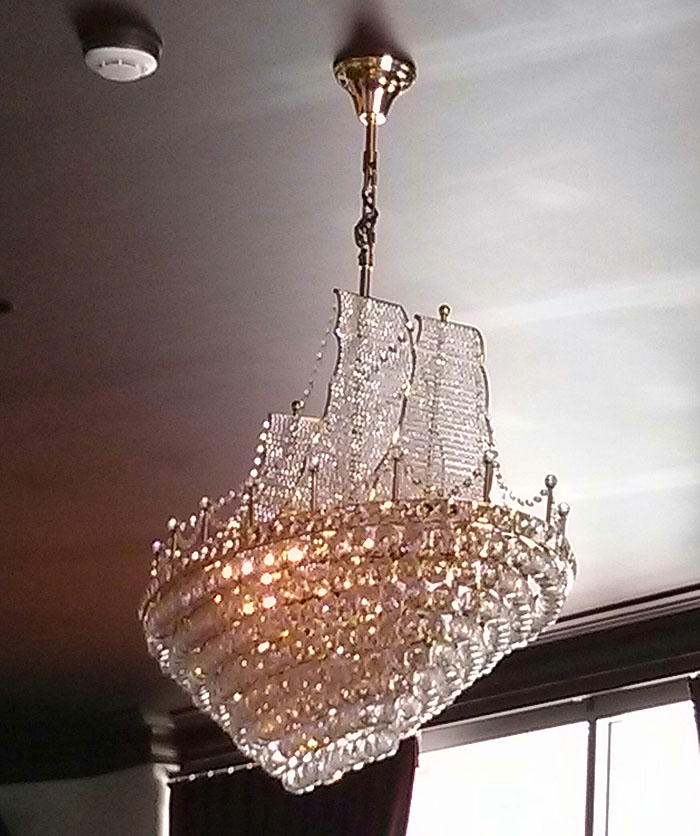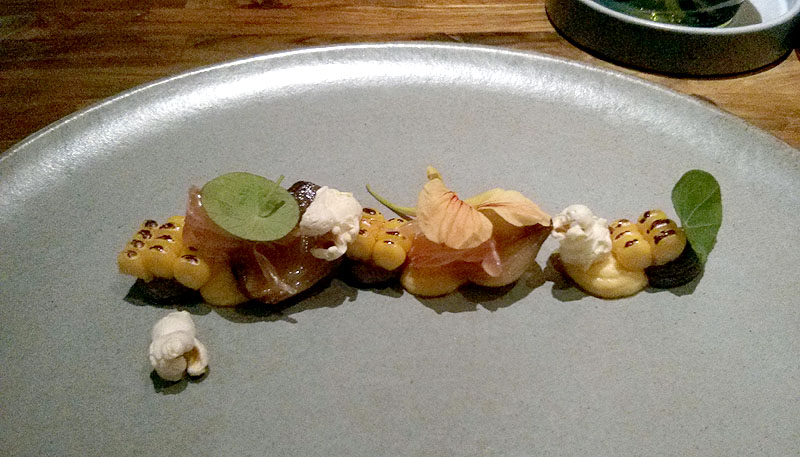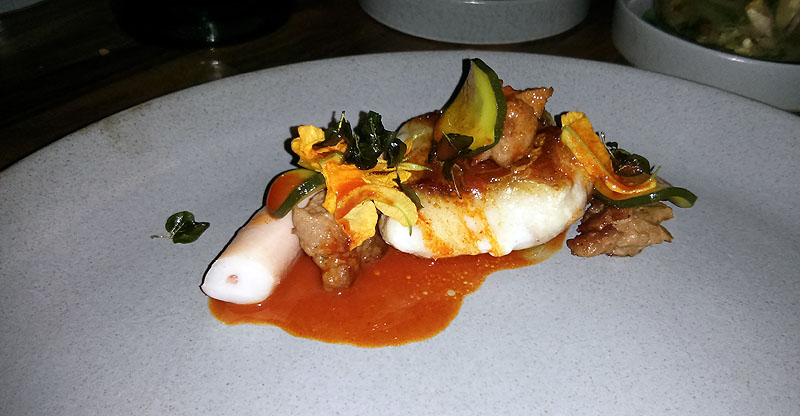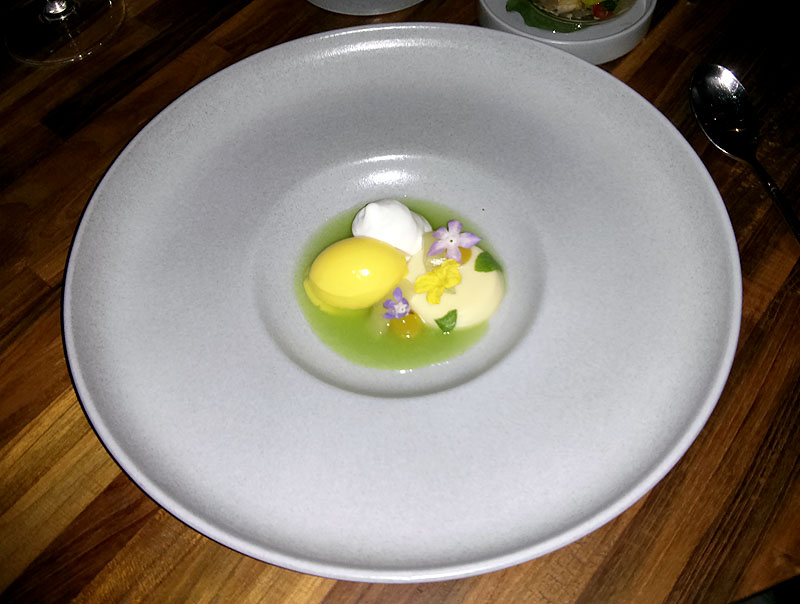 When I first went to Wagamamas it was a bit disconcerting sitting side by side with your fellow diners. This is now commonplace, and it does have it’s advantages, and is part of the experience. They serve Japanese and other Asian cuisine inspired food, mostly noodle and rice dishes, at reasonable prices. Wagamama is a successful international restaurant chain, with more than 90 restaurants around the world. We have been to several, the latest was in Subiaco, WA.
When I first went to Wagamamas it was a bit disconcerting sitting side by side with your fellow diners. This is now commonplace, and it does have it’s advantages, and is part of the experience. They serve Japanese and other Asian cuisine inspired food, mostly noodle and rice dishes, at reasonable prices. Wagamama is a successful international restaurant chain, with more than 90 restaurants around the world. We have been to several, the latest was in Subiaco, WA.
Food & Drinks
The restaurants are kid friendly, which is part of the attraction for us. Not only do they provide crayons and paper for the kids to play with, but all children under 12 eat for free. The children’s menu is not the standard chicken nuggets and chips, though the majority of their choices did have chicken. The rest of the menu is mostly noodle as expected, but a good choice of flavours and regional specialties.
Our Meals
I had Yaki Soba – teppan-fried soba noodles with egg, chicken, shrimps, onions, green and red capsicum, beansprouts and spring onions. garnished with mixed sesame seeds, fried shallots and pickled ginger. It was a good as it sounds. My partner did not have such a great experience. She ordered a vietnamese beef salad from the specials menu. It came out bland with the noodles undercooked. She is not one to send back food, but she had no choice this time as it was unedible. They happily took it back and returned with the same dish cooked as it shoudl have – cooked noodles and lots more flavour. The chef apparently cooked it this time! For the kids meal, we chose chicken skewers (Yakitori), which came on a fun serve of long noodles.
Service
The staff were great, even though we moved tables to get a better view, and sent back one of the mains. Young and cheerful, they were efficient and there when needed.
Ambiance
It was a windy evening, and we were not too sure about our choice to sit on the balcony exposed to the elements a bit. The space to ourselves and the comfy lounges made it worthwhile. It is probably easier to eat your meals seated at the long tables.
Price
Reasonably priced meals, which you would expect for a mostly rice and noodle menu. Drinks were a bit pricey, I never like paying over $7 for a local beer.
Overall
It is a nice casual place to go out, and not too expensive. We will go back.
Contact
Wagamama Subiaco
Shop 1 / 3 Roberts Rd
Subiaco 6008
phone (08) 9388 6055
web: www.wagamama.com.au
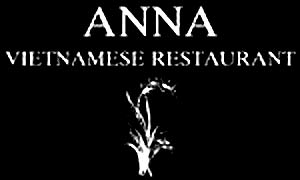 It is an institution in Leederville, and it shows. Anna Vietnamese Restaurant is a casual eatery, quite old school but popular with locals. It can get busy at times, and is suitable to bring the kids or come along in a group. The menu is quite long, though contains mostly standard Asian restaurant fare – don’t expect any ‘pho’. There is nothing surprising on the menu, but if you choose wisely or go often enough you will find something satisfying. The restaurant is BYO, with two handy bottle shops in just down the road in Leederville.
It is an institution in Leederville, and it shows. Anna Vietnamese Restaurant is a casual eatery, quite old school but popular with locals. It can get busy at times, and is suitable to bring the kids or come along in a group. The menu is quite long, though contains mostly standard Asian restaurant fare – don’t expect any ‘pho’. There is nothing surprising on the menu, but if you choose wisely or go often enough you will find something satisfying. The restaurant is BYO, with two handy bottle shops in just down the road in Leederville.
